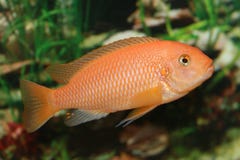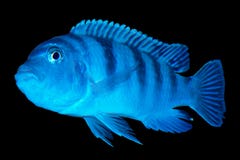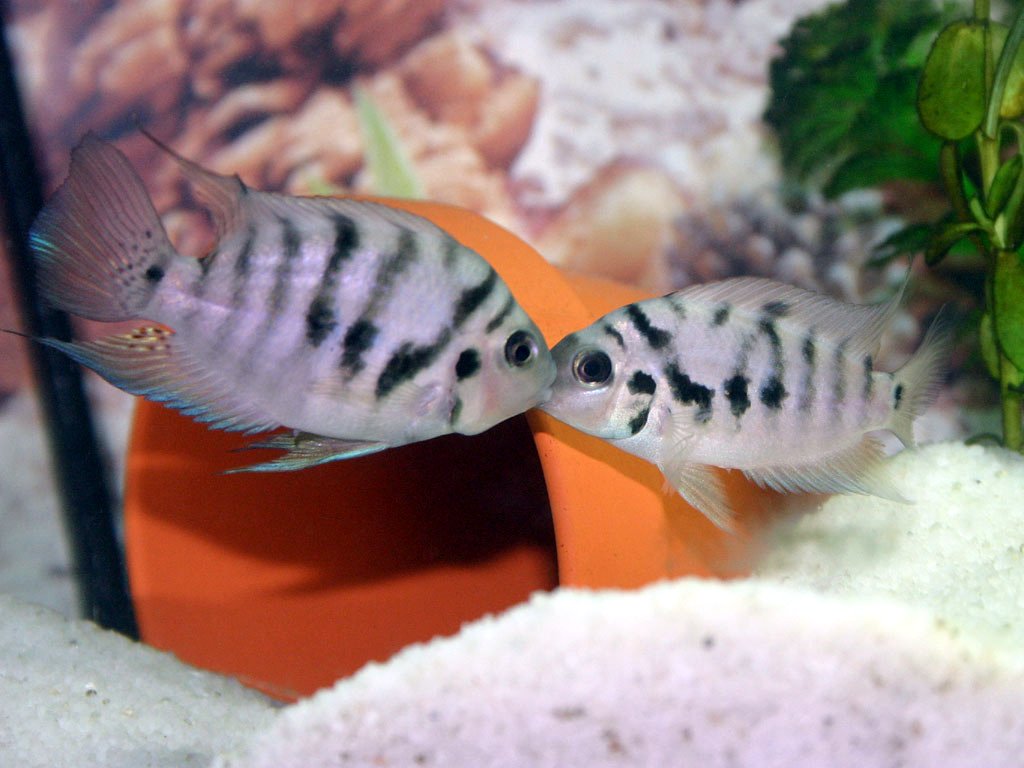
The biggest different between an empty fecal cast and a parasite is that one is alive and the other is not. All of these cases involved wild-caught fish. In the 7 years we have been in business, seeing over 500 clients, we have diagnosed it three times. But unless your fish have come into contact with any wild-caught fish, invertebrates or unsanitized décor items, the chance of them getting an internal parasite is slim to none. Yes, the “white fish poop” does look a lot like an internal parasite. Yes, some diseases may require limiting food, but that decision is for your veterinarian, not “helpful” strangers on the internet. When fish are sick, they need nutrients to swim and run their immune system. And this is normal!Ī lot of those internet diagnosticians will recommend fasting fish when they are sick, which sometimes, isn’t necessarily a good idea. If they’re only fed a few times a day, some of the fecal movements may have food, others may not. Many fish, especially tropical fish, are used to foraging throughout the day. This may only be a few hours or a few days. Is this a sign of disease? Not really, it only means your fish hasn’t eaten. This is the “stringy, white fish poop” in fish. If your fish has not been eating, you will only see the mucus. The mucus is stretched thin and you’ll see a mush similar in color to the pellets you feed. Most of the time, you’ll barely notice this mucus coating because of what your fish eats. Fish have the exact same cells in their guts! And although freshwater fish cannot become constipated ( sorry, but we’ve already been over this – you’ll have to take your complaints up with osmosis), they still need a little extra help moving things towards the exit. Without this lubrication, you’d never be able to pass a single poop, swell up and die. In order to help move things along, our guts are lined with mucus-producing cells to help things slide through. Your gut is responsible for absorbing nutrients and getting rid of wastes and undigestible material. Most gastrointestinal systems work very similarly, fish, humans and other pets included. Well, let us set the record straight… White fish poop is a poop with no food in it. Two mature males will shred each other until one dies.Alright, we’ve cleared up the internet’s favorite fish diagnoses: swim bladder, dropsy, constipation and mystical green peas, but what about that “white fish poop?” Somehow, many internet diagnoses involve this mysterious phenomenon in fish and have linked it to internal parasites. The male will boss the females around but won't hurt them. Mouth-brooders like to be in a harem of the same species: one male and three or four females. In order to be sure you get at least one male and one female, I recommend getting four or five fish of each species and then if you accidentally get two males, selling the one you like the least back to the pet store as soon as it starts displaying its male coloration. Also, I've found that if you provide a male and at least one female of each species, you don't have to worry as much because the fish do prefer their own species. I don't follow this rule with my tank, but I pay attention to which fish are breeding and only save the fry from same-species pairings. Sometimes Mbuna of the same genus but different species will interbreed and the offspring are either ugly, sterile or both. So for instance you might have 5 Pseudotropheus socolofi and 5 Melanchromis chipokae, but you wouldn't want to get any more Pseudotropeus or Melanochromis. If you intend to breed your fish, you should only get one species from any given genus. You can also try providing small hiding places for the baby fish in your main tank, but in my experience the adult fish find ways to eat the babies. Make sure the new tank is fully cycled and give it lots of tiny hiding places for the babies. I suggest a 10-15 gallon tank for the mother and babies.


The male fish has no part in the care and raising of young, and may happily eat the babies if he is present when they are released.

New mothers also have very small batches of eggs: around 10 or so. Most new mothers will start releasing the babies about 2 weeks after you notice they are carrying them, but will suck them back in when danger threatens. The female then hold the babies in her mouth for up to two more weeks, occasionally letting them out to feed them. The eggs will hatch between 10-15 days after fertilization.

Then she picks up the eggs in her mouth and carries them until they hatch. She lays her eggs in the nest and he fertilizes them. Mouth-brooding African cichlid mating occurs something like this: the male digs out a cave (nest) for the female and lures her in by doing this silly fin shaking dance (there's also a disturbing "kissing" version).


 0 kommentar(er)
0 kommentar(er)
